 [/caption]
[/caption] 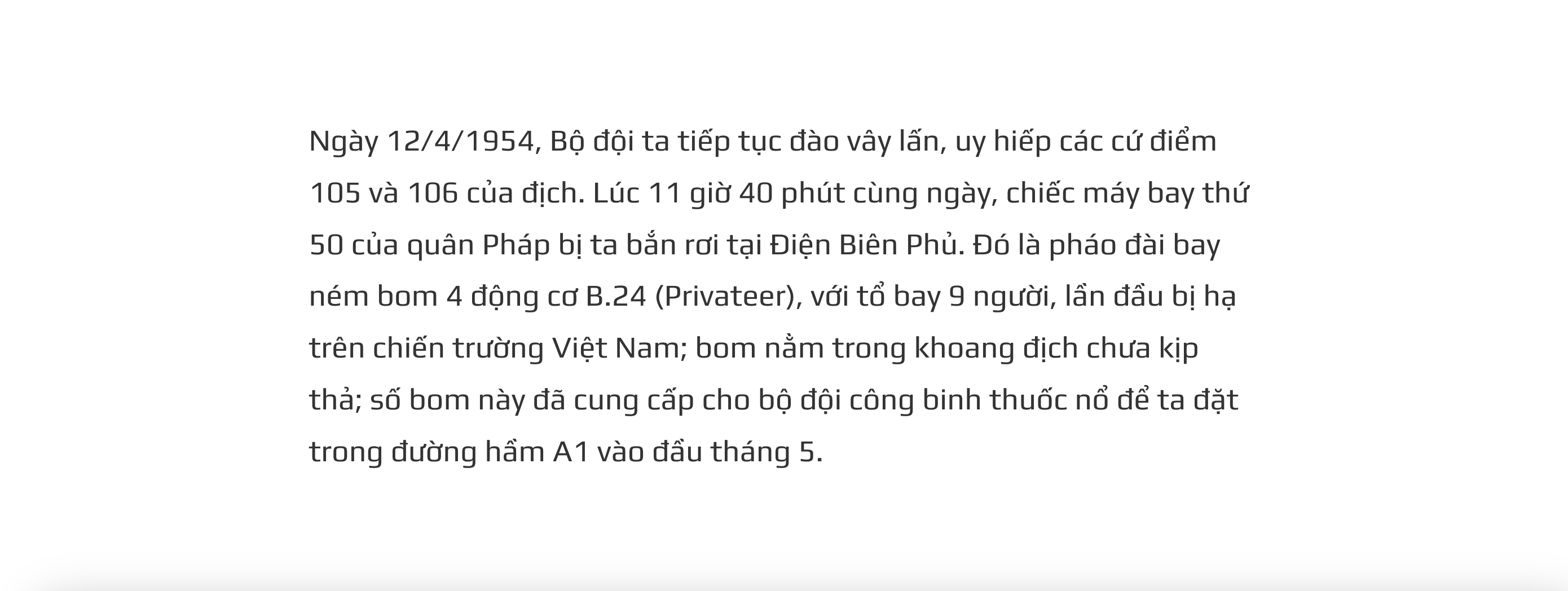
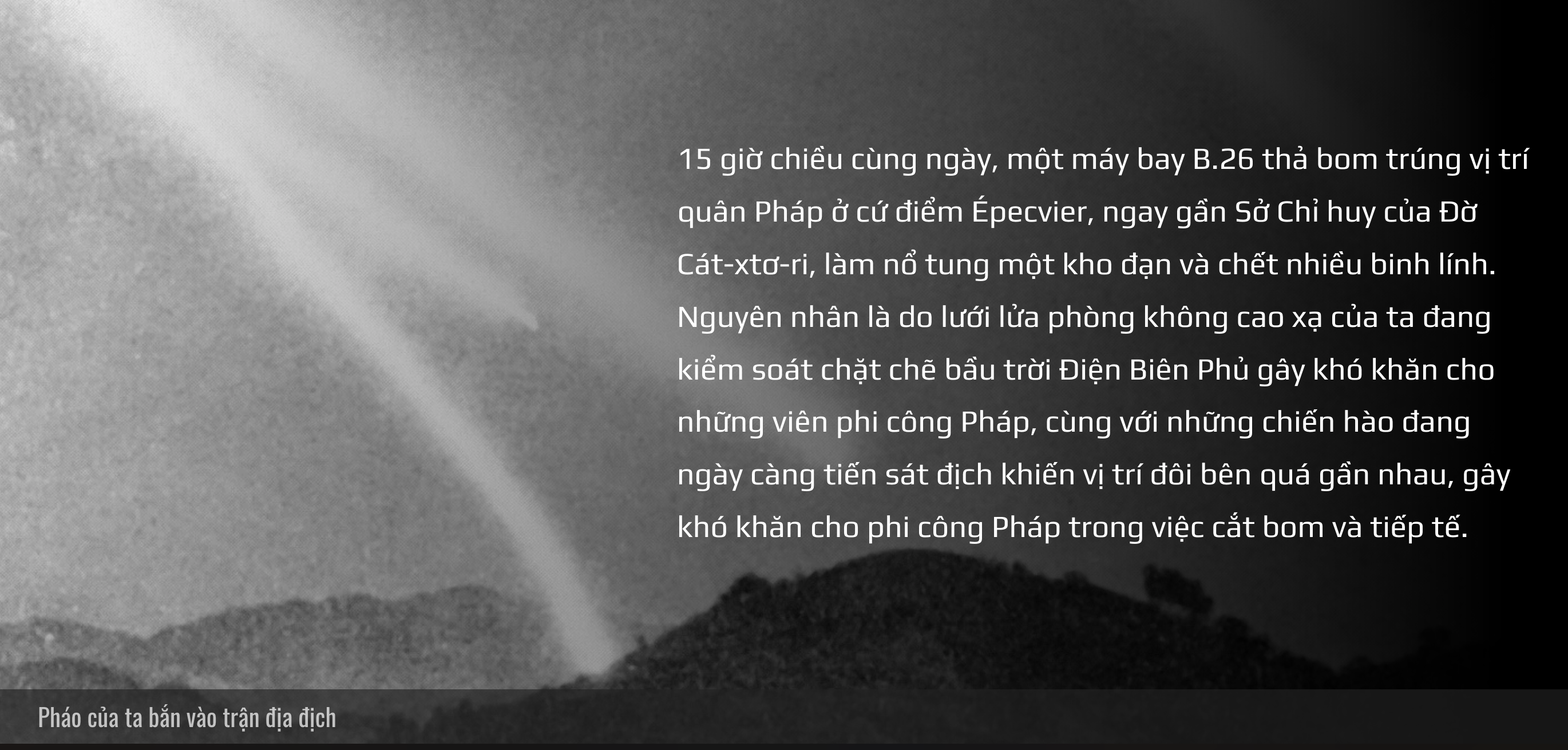
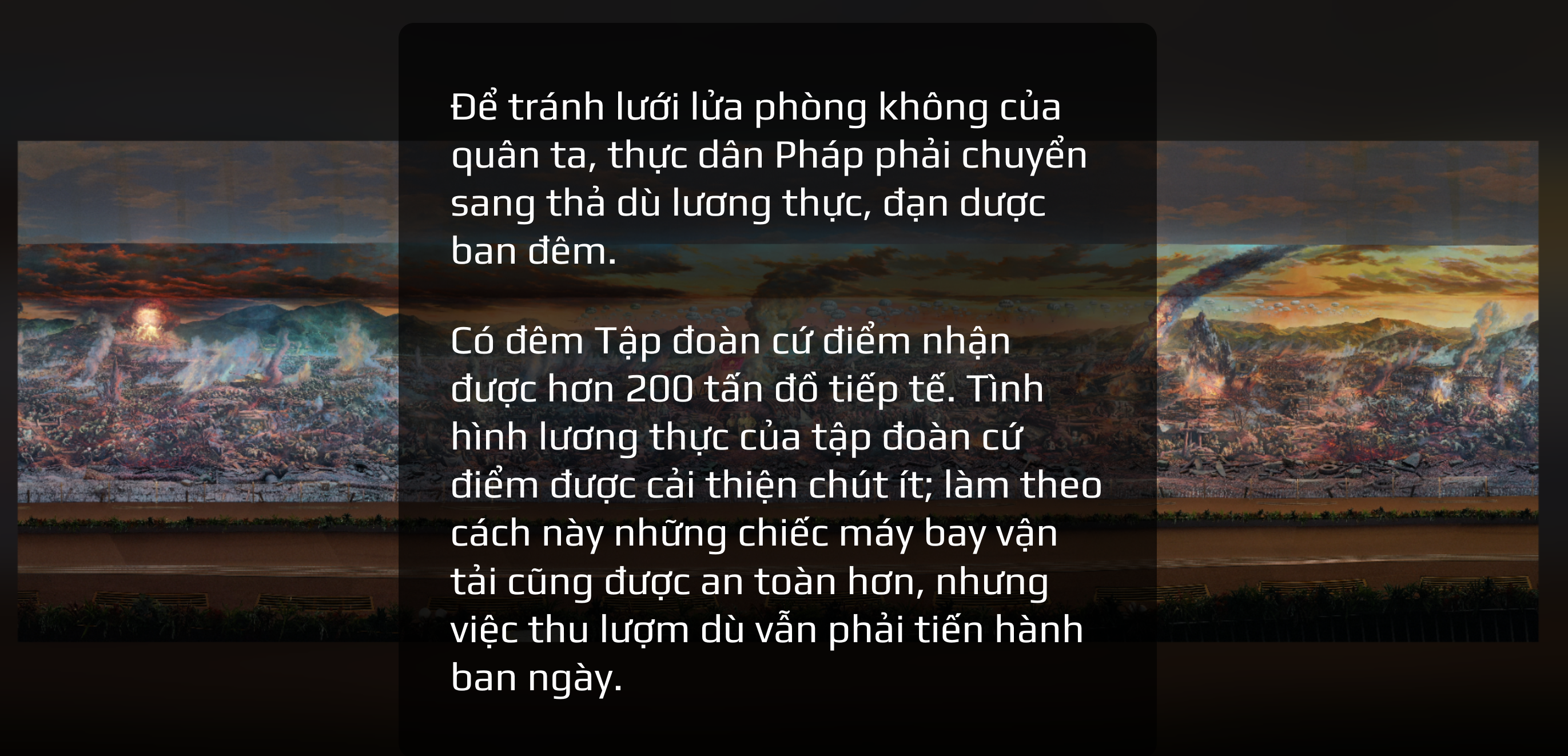
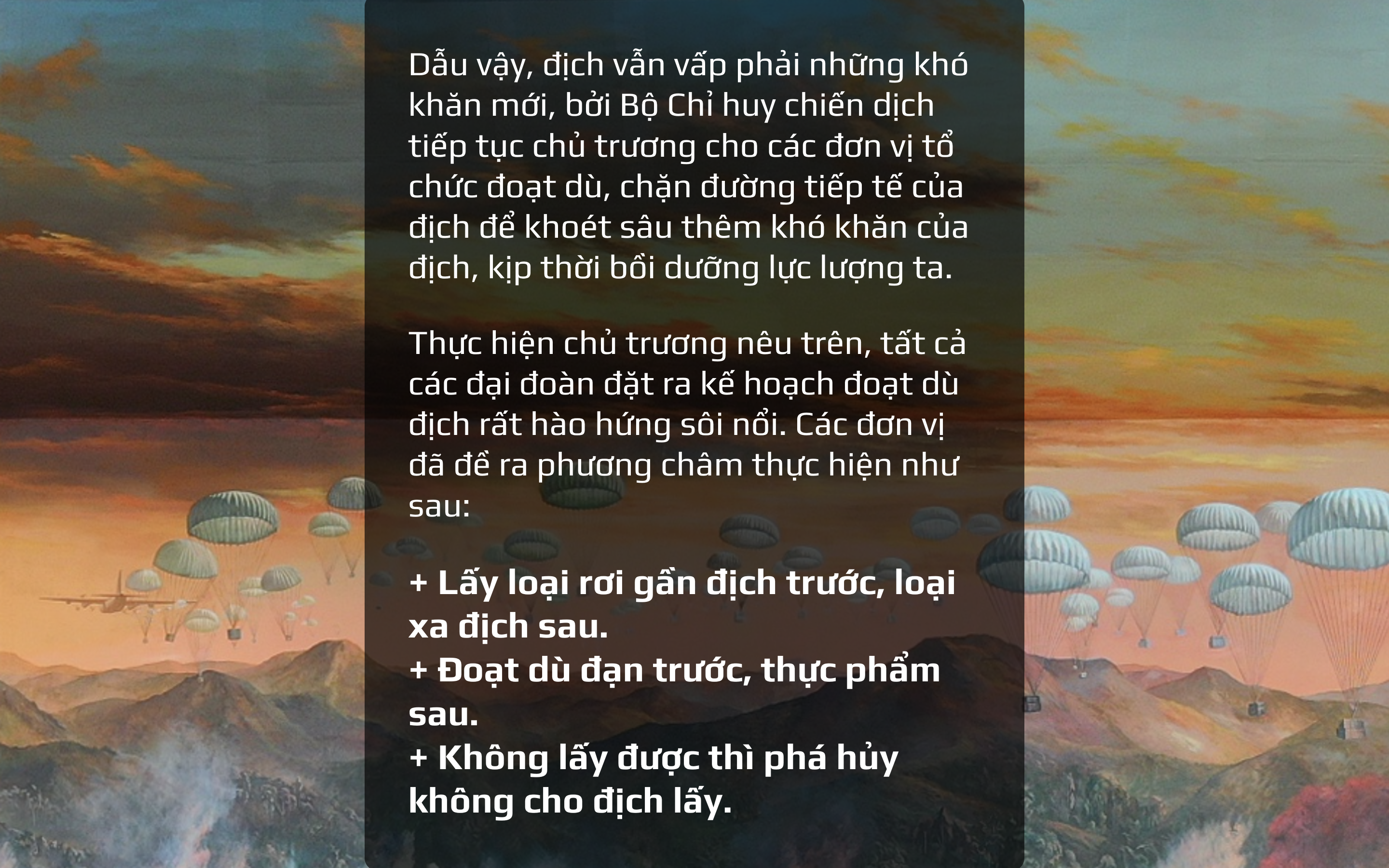
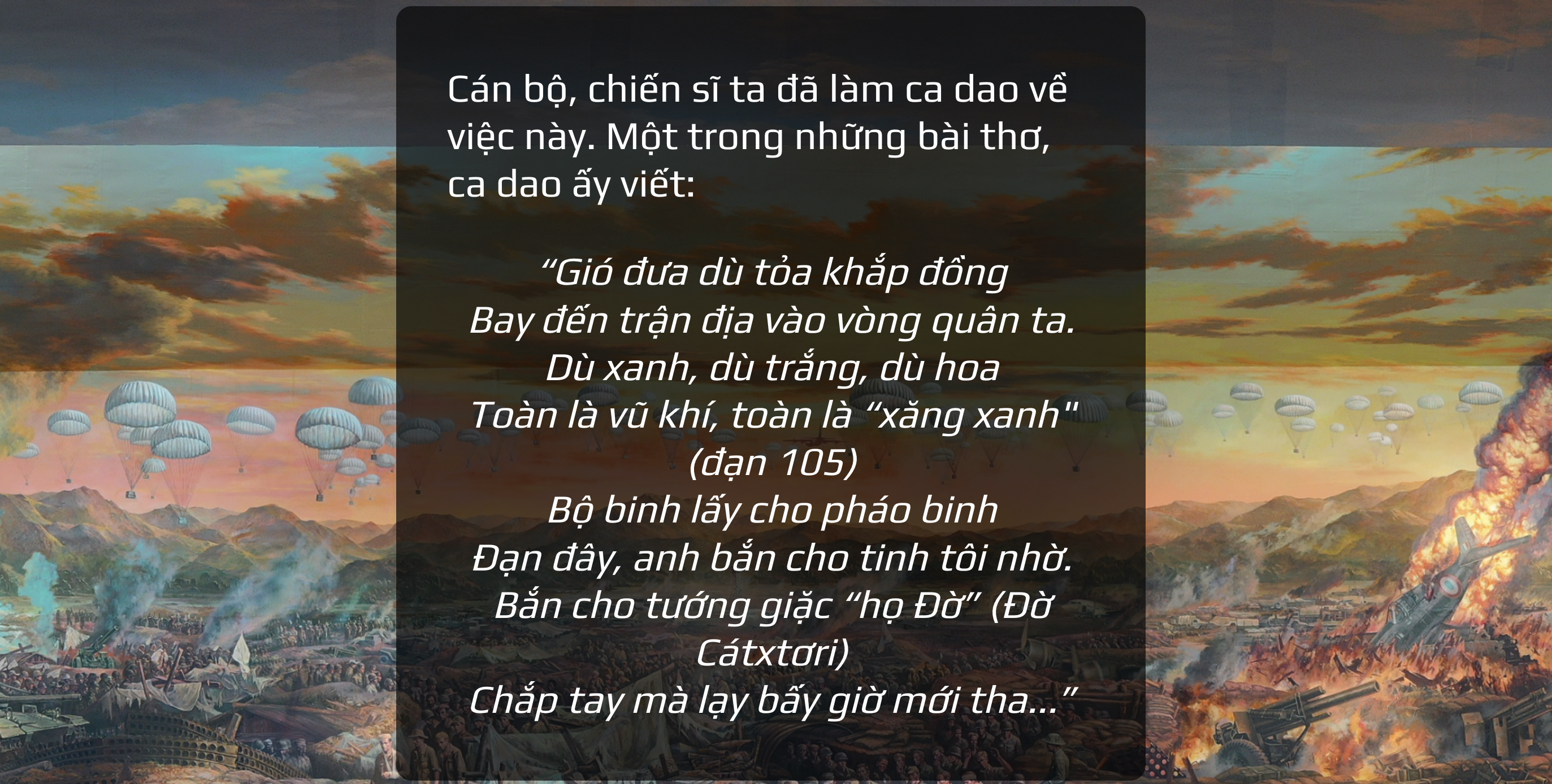
Faced with the "dire" situations at Dien Bien Phu, Nava researched plans to "relieve the siege" on land.
One of these was to drop several parachute battalions behind the Viet Minh encircling forces, but this was completely impossible, as the terrain did not allow parachuting at a suitable distance.
Besides, the lack of transport aircraft units also did not allow the French to parachute effectively. If the French had used the few parachute battalions they had, they would certainly have been destroyed without any results.
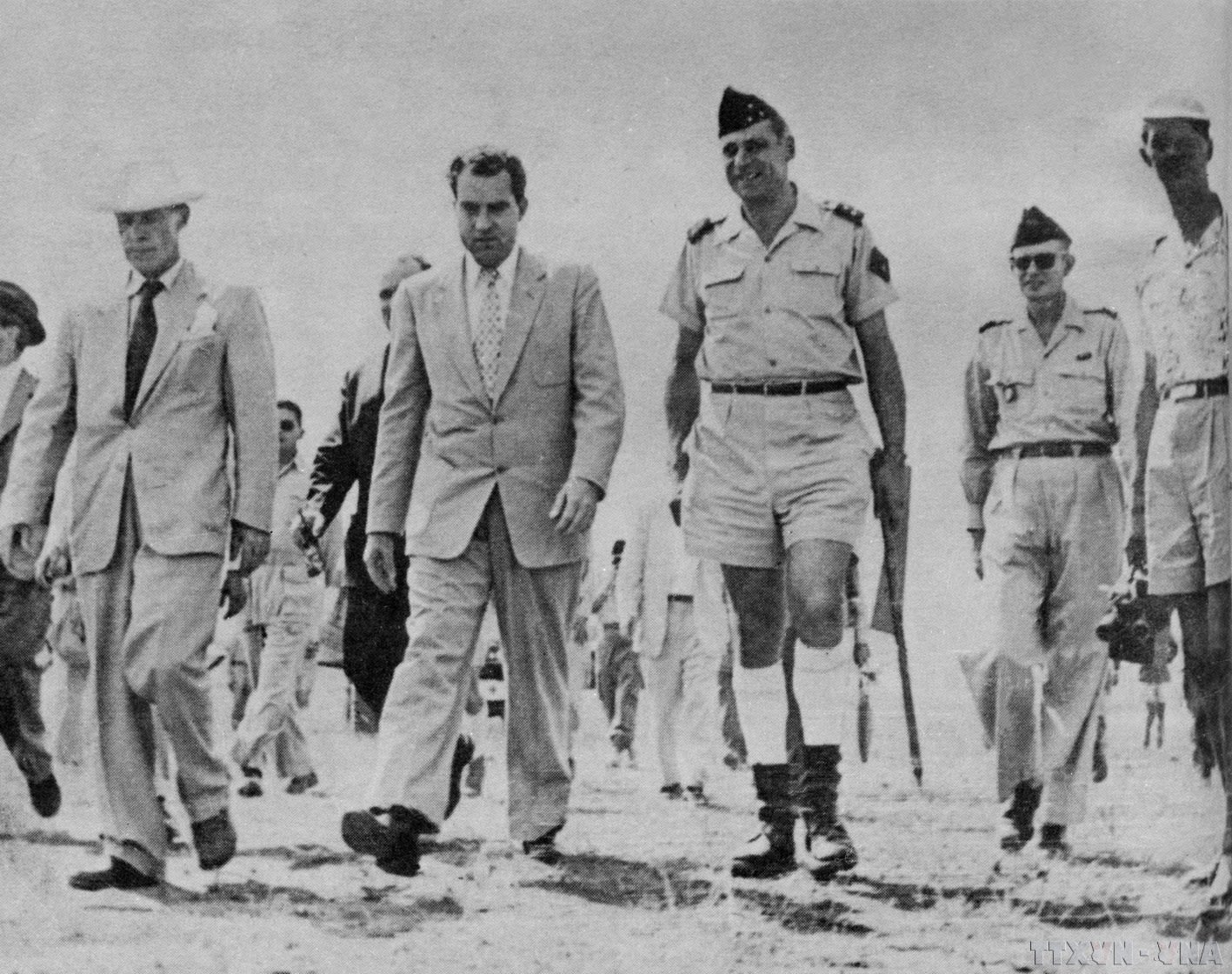
US Vice President Nixon and General Cogny (Cô-nhi) came to Southwest Ninh Binh to mobilize French troops in November 1953.
Nava then considered a solution to relieve the siege by land. An operation to relieve Dien Bien Phu either from Northern Laos or from the Tonkin Delta was planned. That operation was codenamed “Condor” (it had even been drafted in Laos since December 1953). The content included: moving French forces from Nam U Thuong to the Na Son area (25km from Dien Bien Phu), where there were many areas that could be parachuted. Here, the available forces would be reinforced by an important paratrooper force and advance to Dien Bien Phu to break the siege. Although the operation had many difficulties, mainly due to the complex terrain between Na Son and Dien Bien Phu, Nava considered it “completely feasible”.
For the operation to be effective, 15 to 20 battalions were needed and regular supplies had to be ensured for the Dien Bien Phu stronghold, while French air assets could only support a maximum of 7 battalions.
Conhi believed that such a force was not enough to carry out a relief operation for Dien Bien Phu, the French needed to force the Viet Minh to withdraw part of the besieging force and reduce the pressure at the front. The initial plan was to have an operation within 10 days with the participation of 4 battalions departing from the Nam U Thuong area in coordination with 3 other battalions parachuting into the vicinity of Dien Bien. However, on April 12, General Conhi requested to postpone this operation because priority had to be given to supplying the stronghold group.
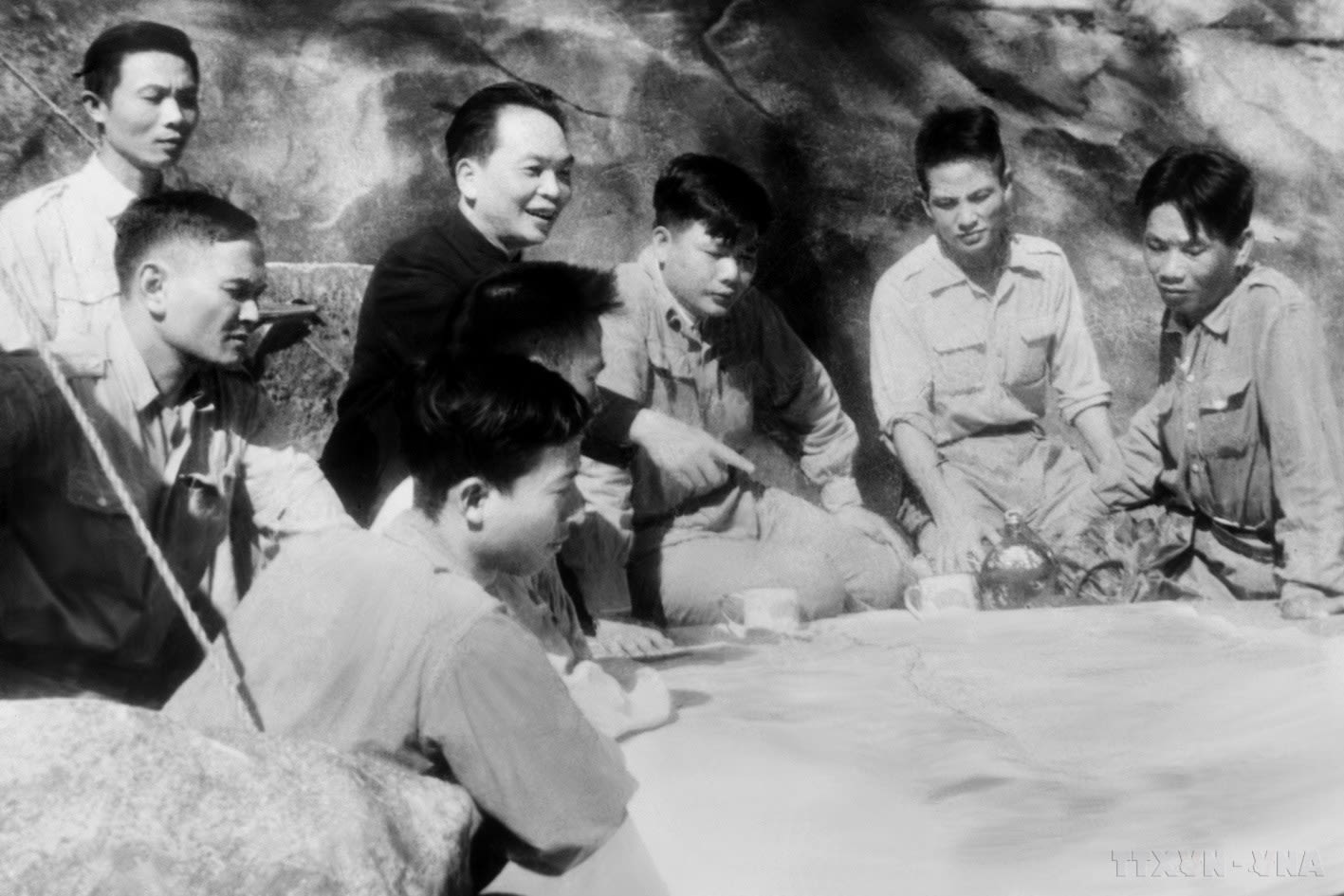
The campaign command under the direct command of General Vo Nguyen Giap is discussing the battle plan for each battle.
On April 12, 1954, the General Military Commission issued Directive No. 26-TQU/H to the Regional Party Committees, Political Commissars of the Inter-Region Commands and Party Committees of units on disseminating the Government 's policy towards puppet soldiers and puppet government employees who deserted the enemy and returned to the Fatherland.
According to the results of the Government Council meeting (March 15-16, 1954), the Government of the Democratic Republic of Vietnam promulgated an important policy for puppet soldiers and puppet government employees who deserted the enemy and returned to the Fatherland. This new policy demonstrated the leniency of President Ho Chi Minh and the Government towards those who had gone astray and followed the enemy and wanted to return to the Fatherland. The directive emphasized: The promulgation of this new policy is very timely and has great effects, creating many conditions for us to take advantage of the majority of puppet soldiers and puppet government employees to lean towards us, developing individual and collective anti-war movements.
The Directive requires: 1) It is necessary to widely disseminate the policy within the Party, among the people, and among the army; 2) It is necessary to fully and widely disseminate the policy within the ranks of the enemy's puppet soldiers and puppet government employees, to smash the French colonialists' plot to use Vietnamese to fight Vietnamese.
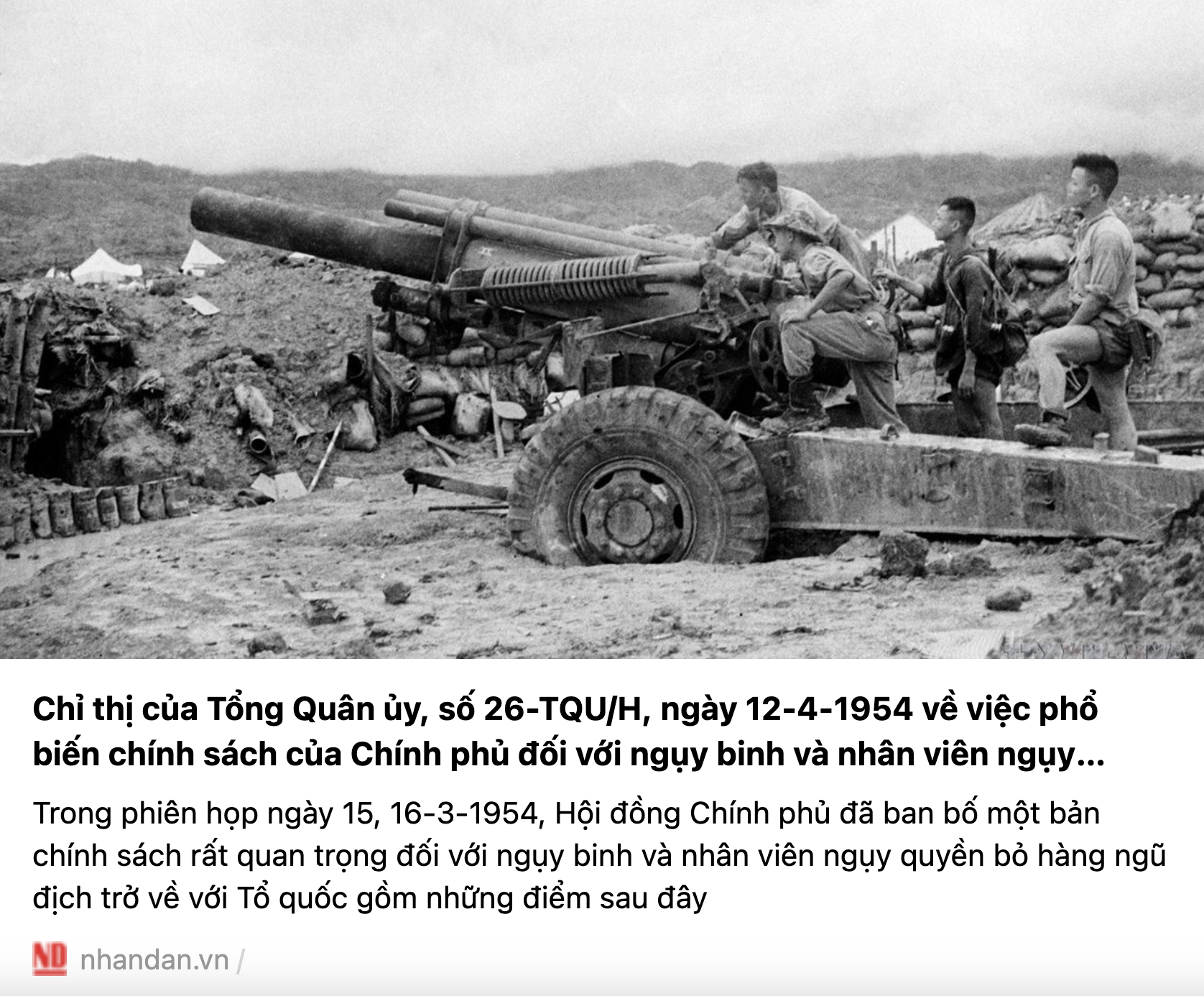
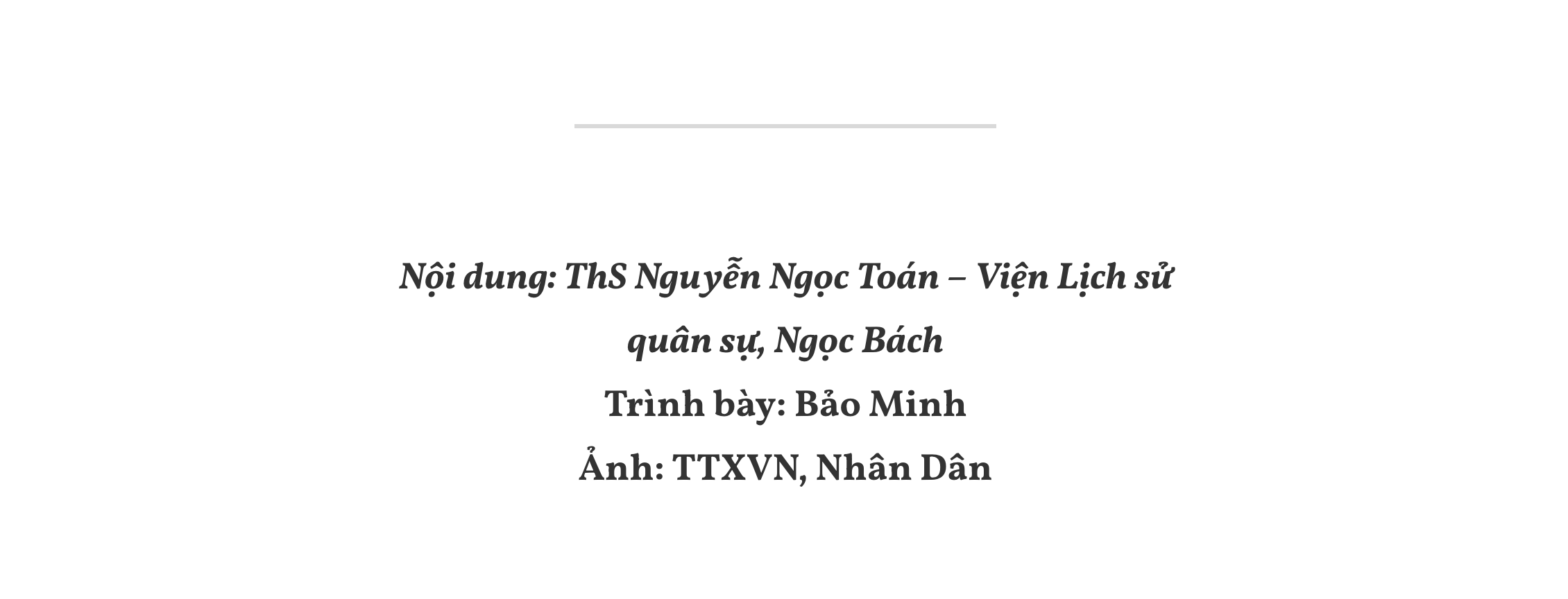


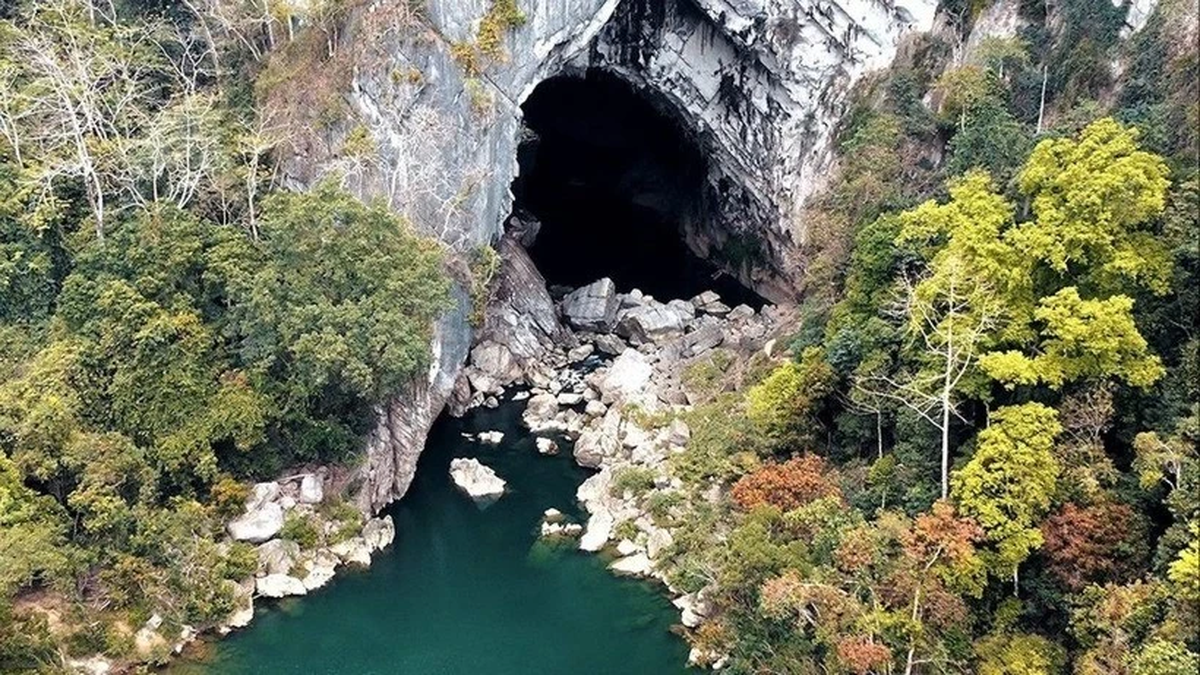



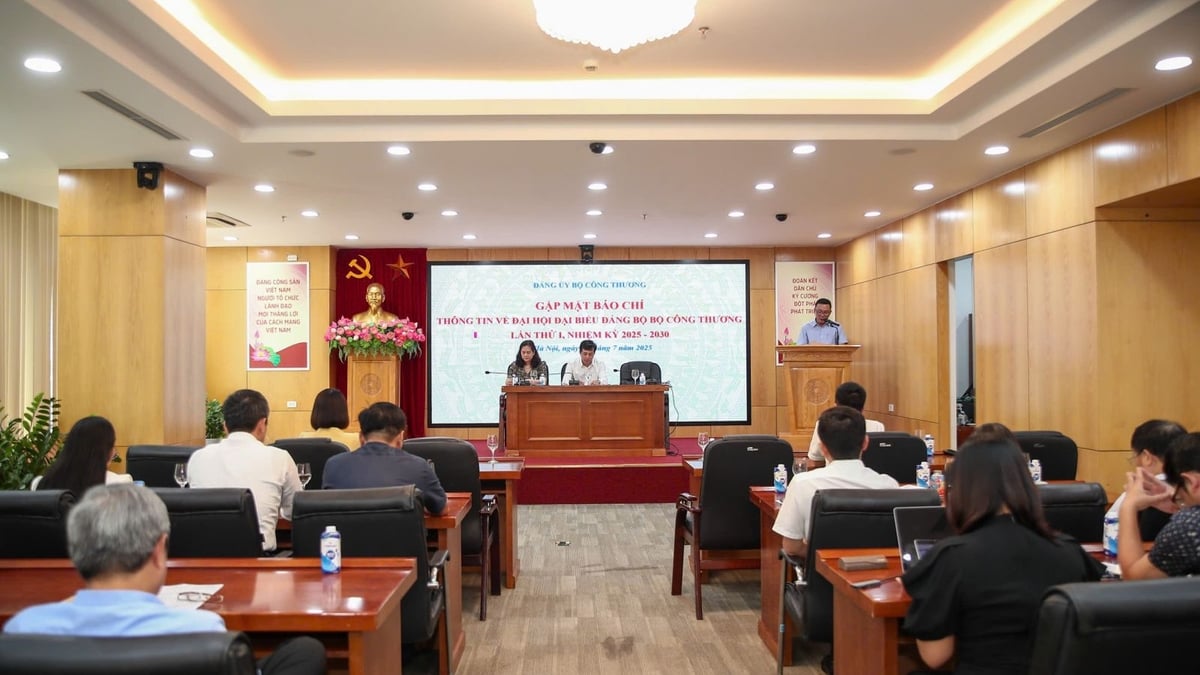

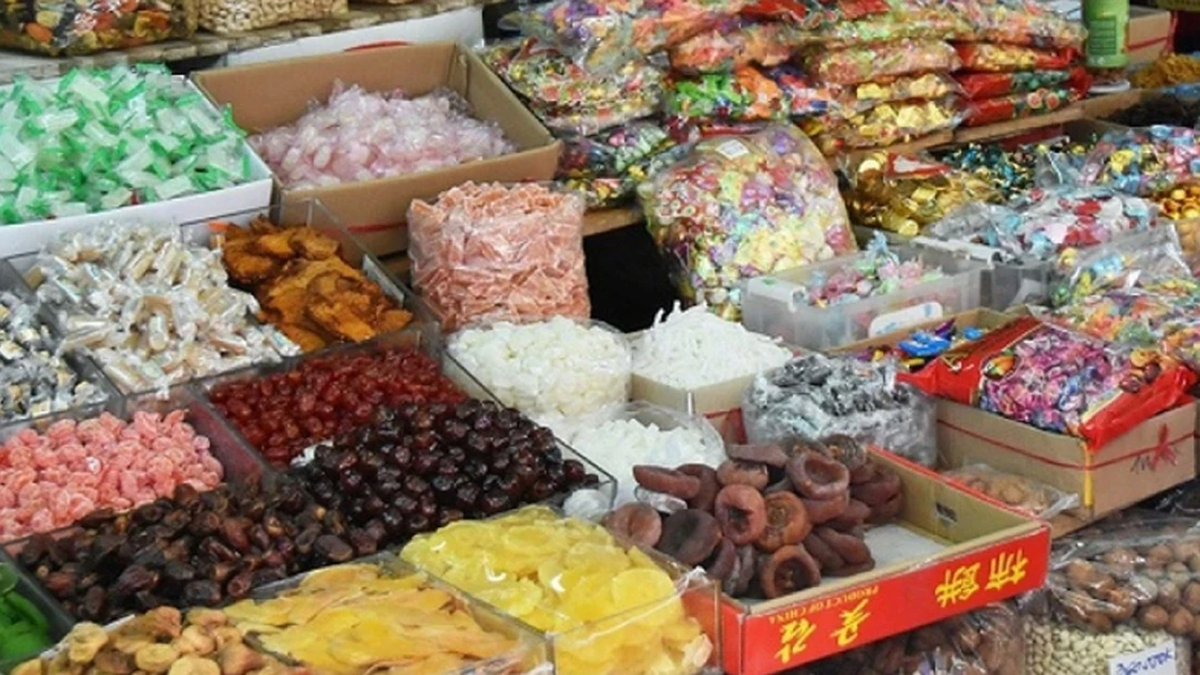
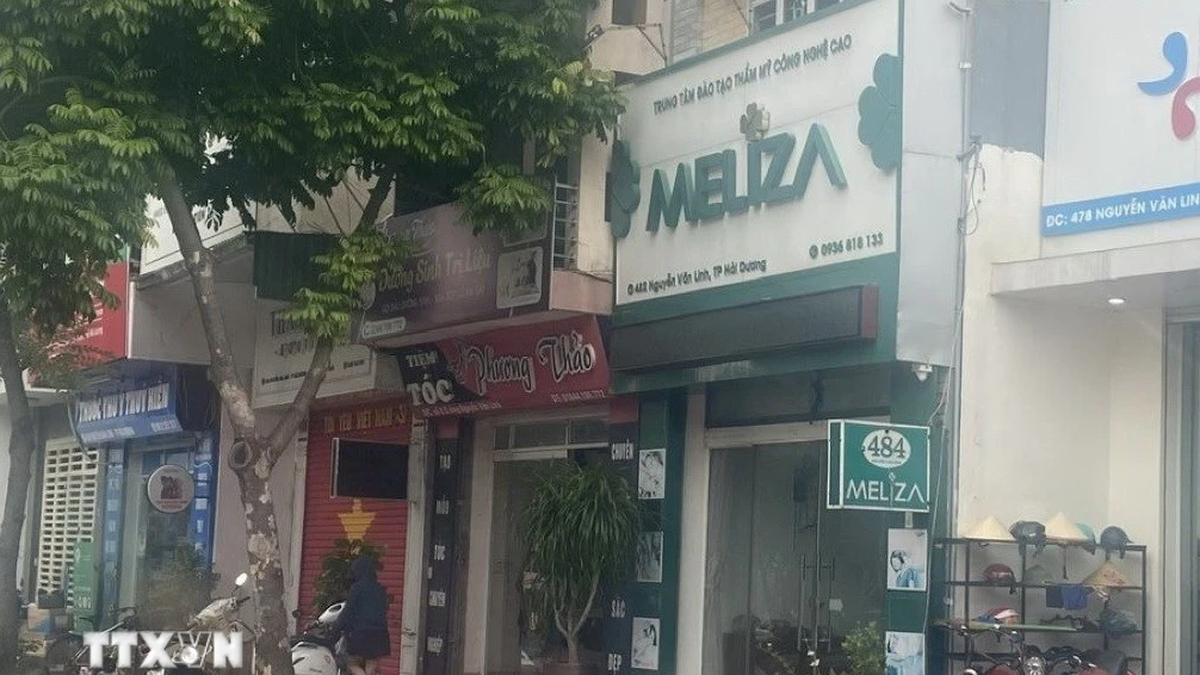
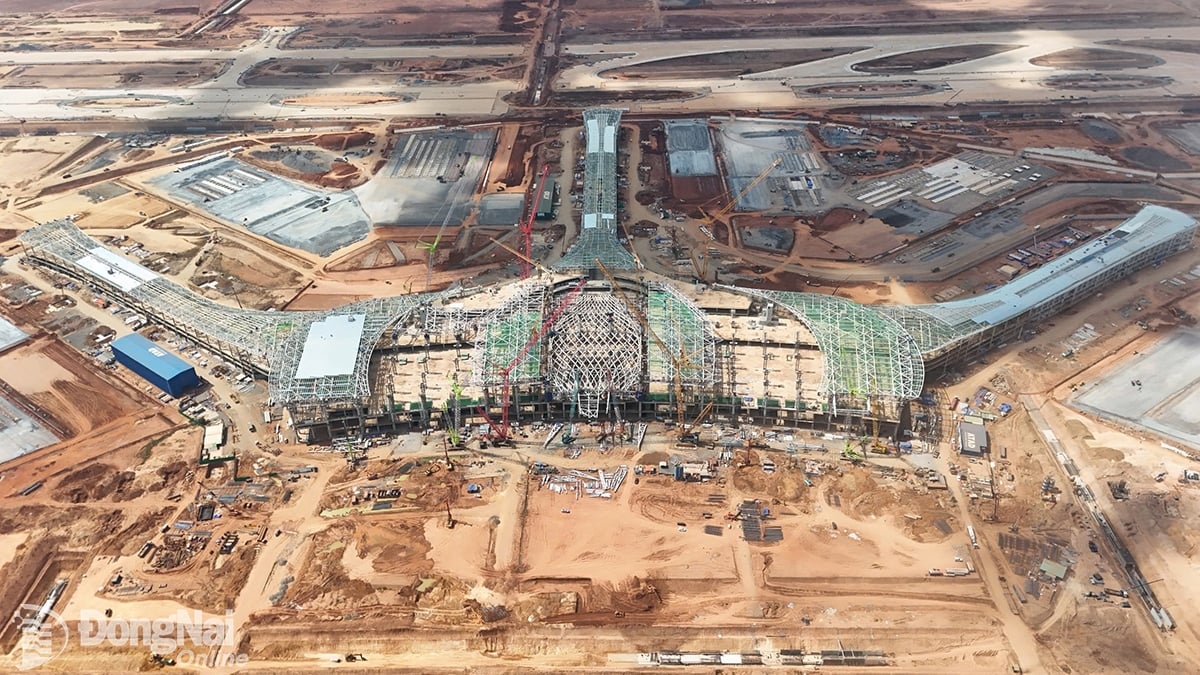










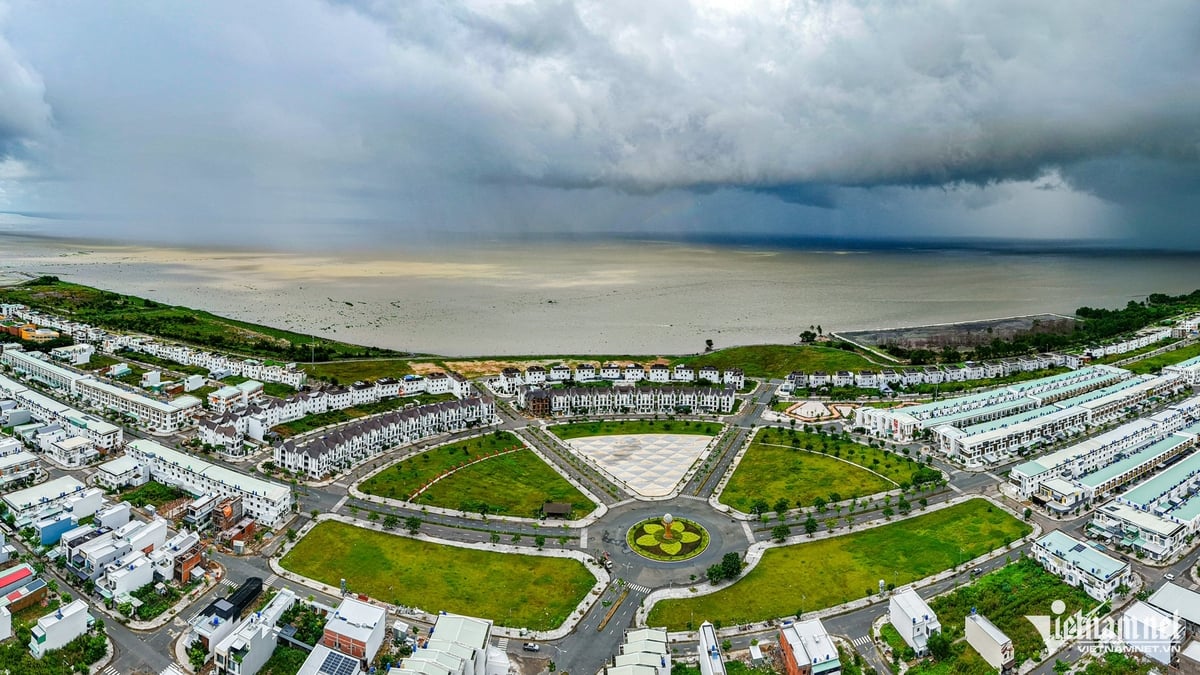




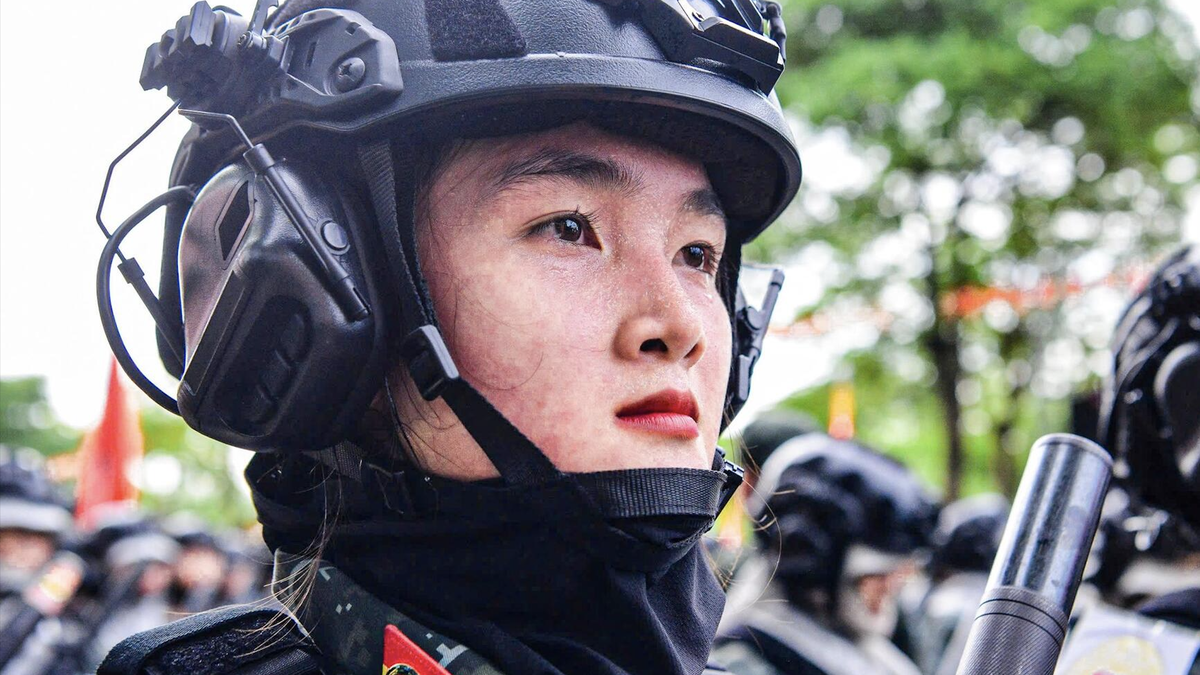
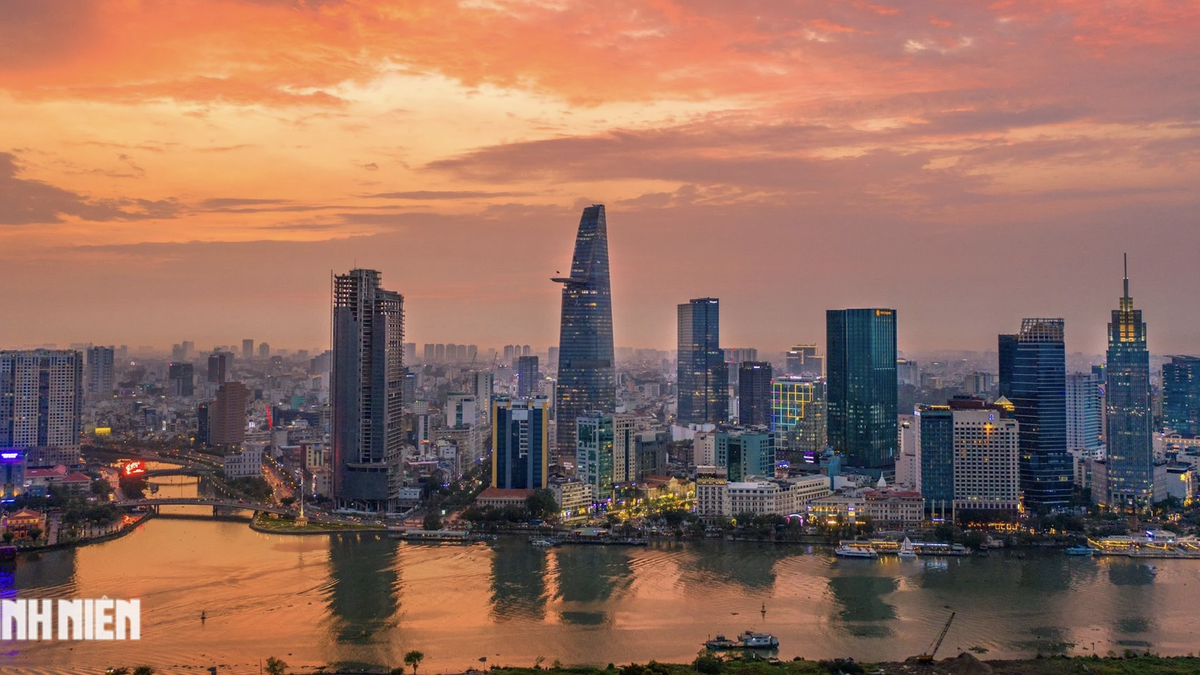


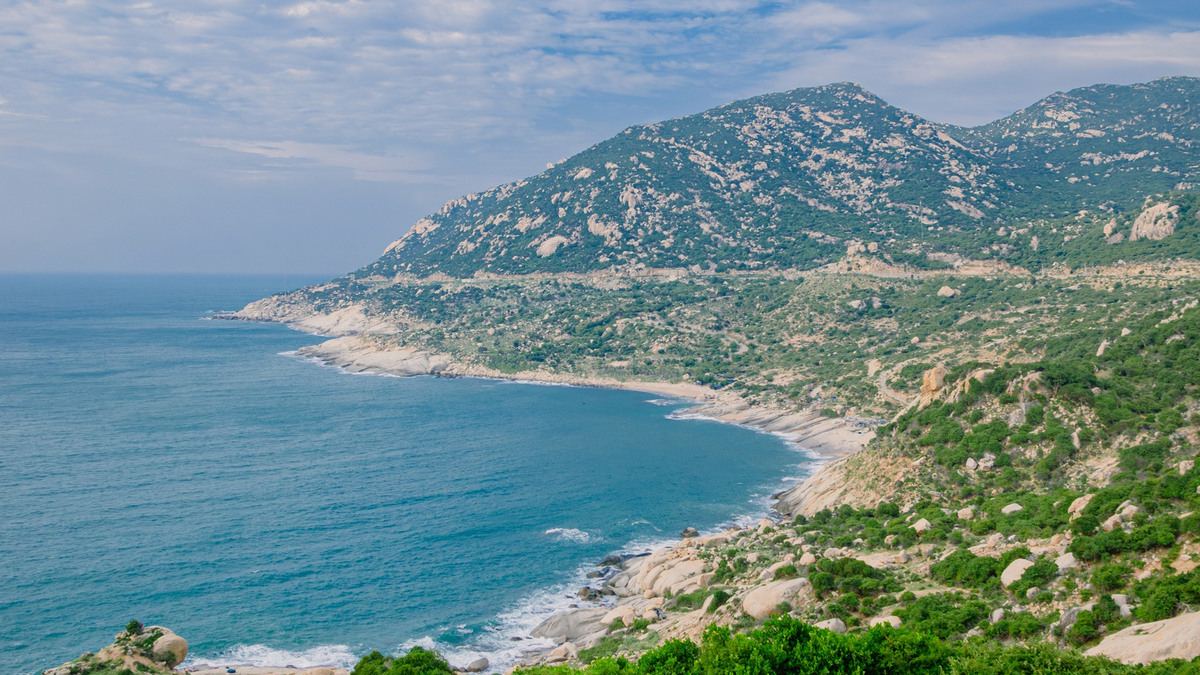
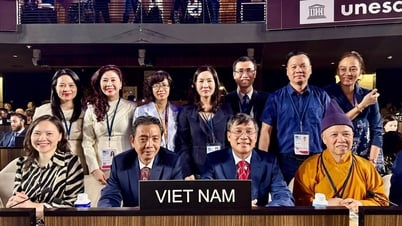





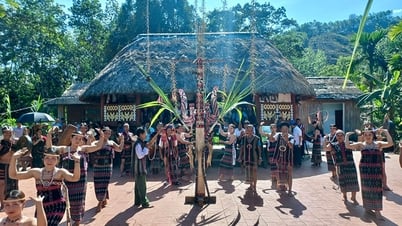



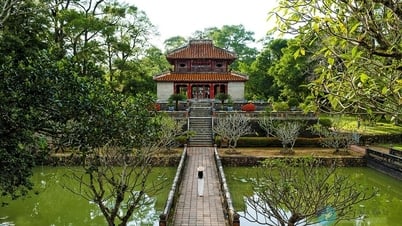

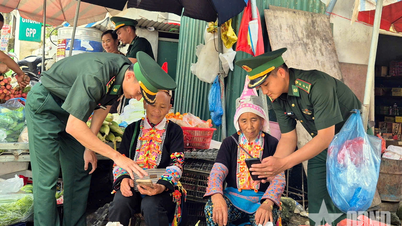

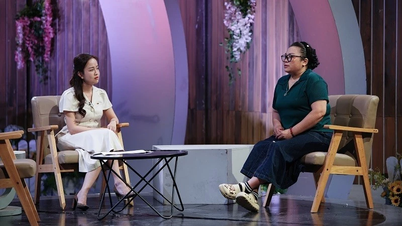




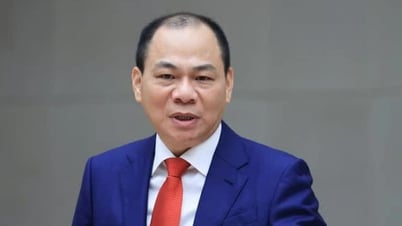

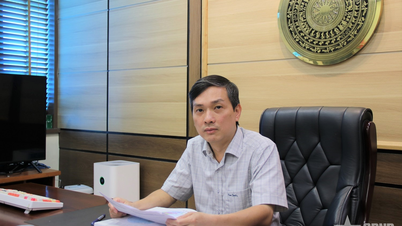




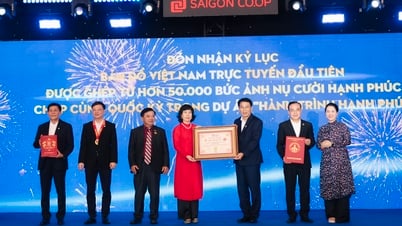
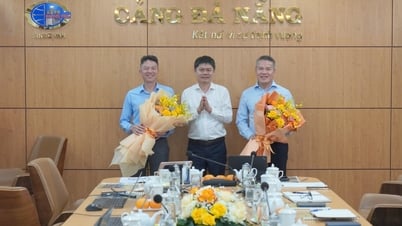





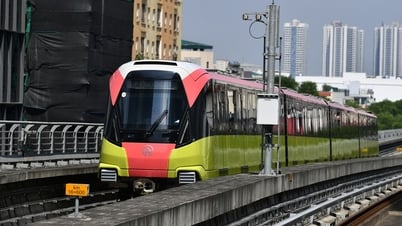
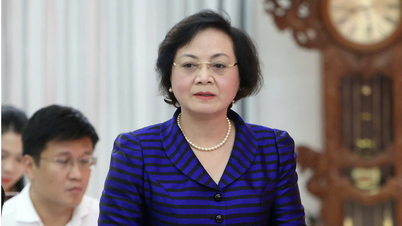




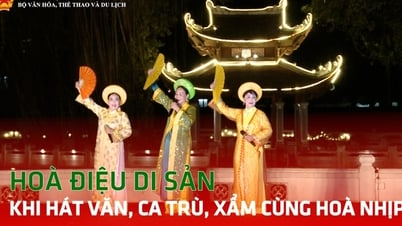
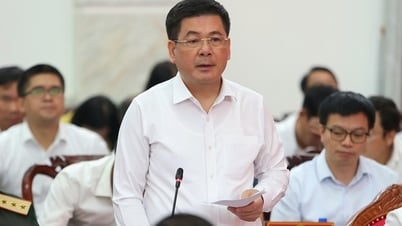
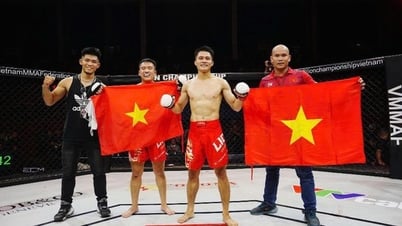
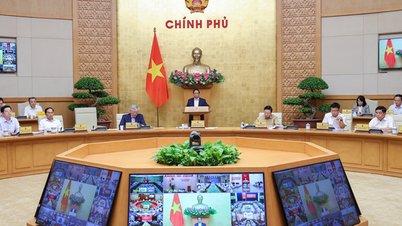
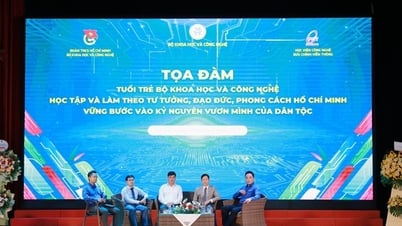








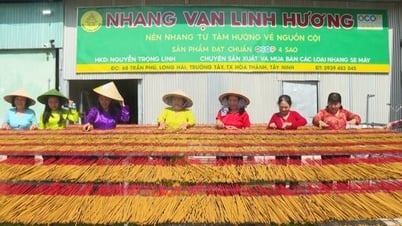

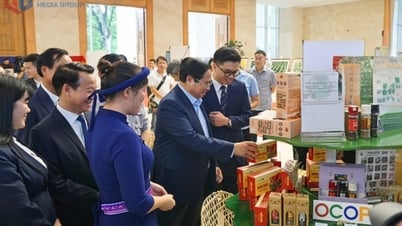





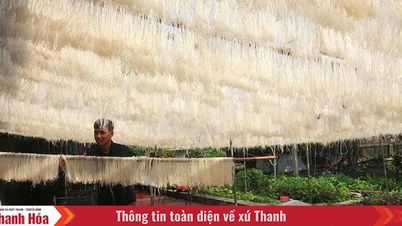

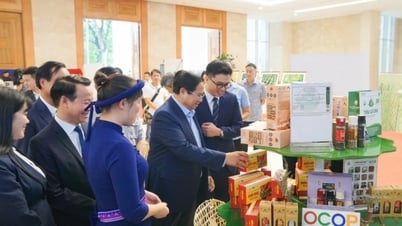

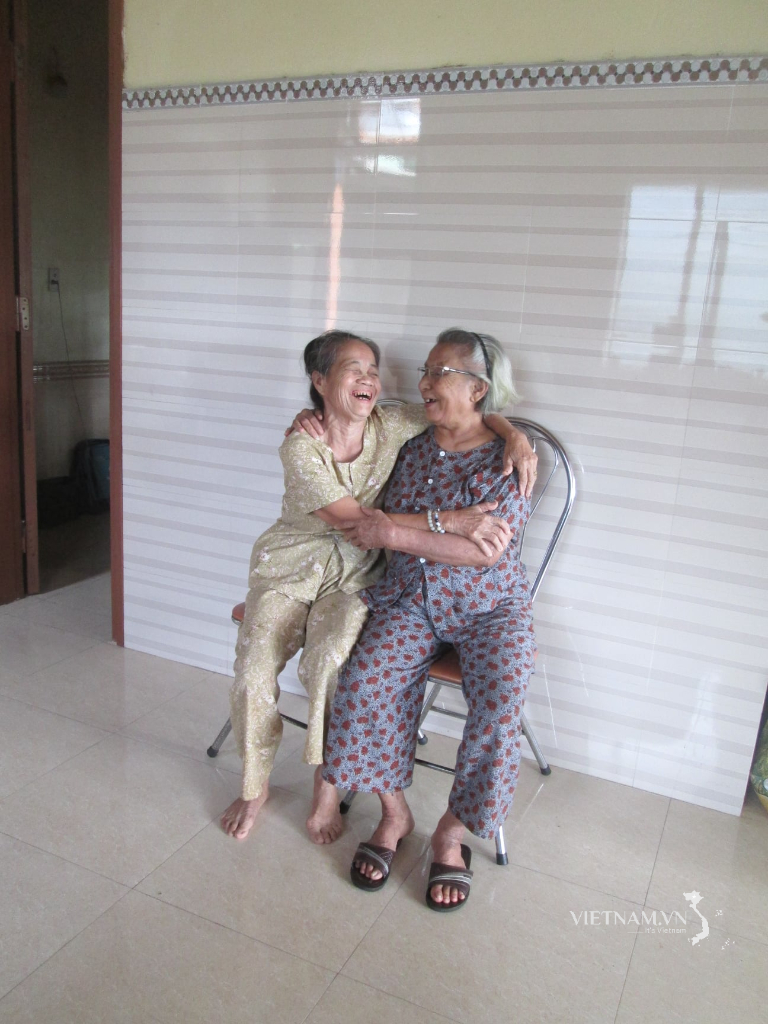

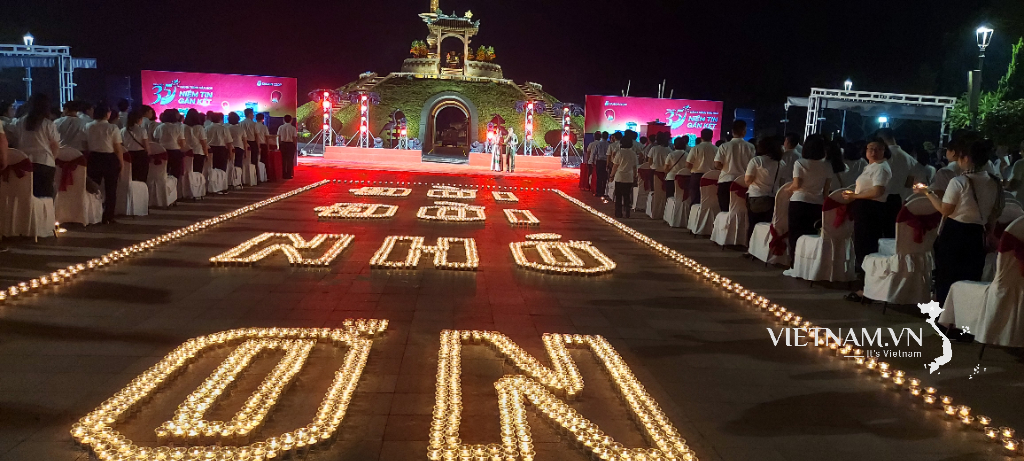
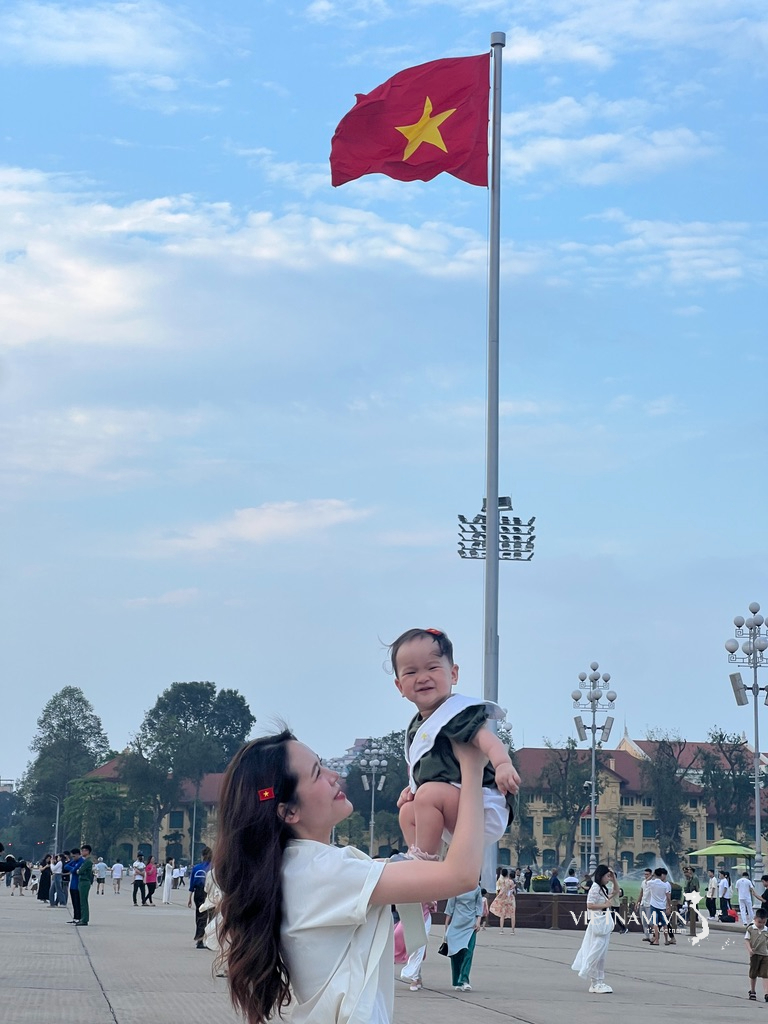
Comment (0)